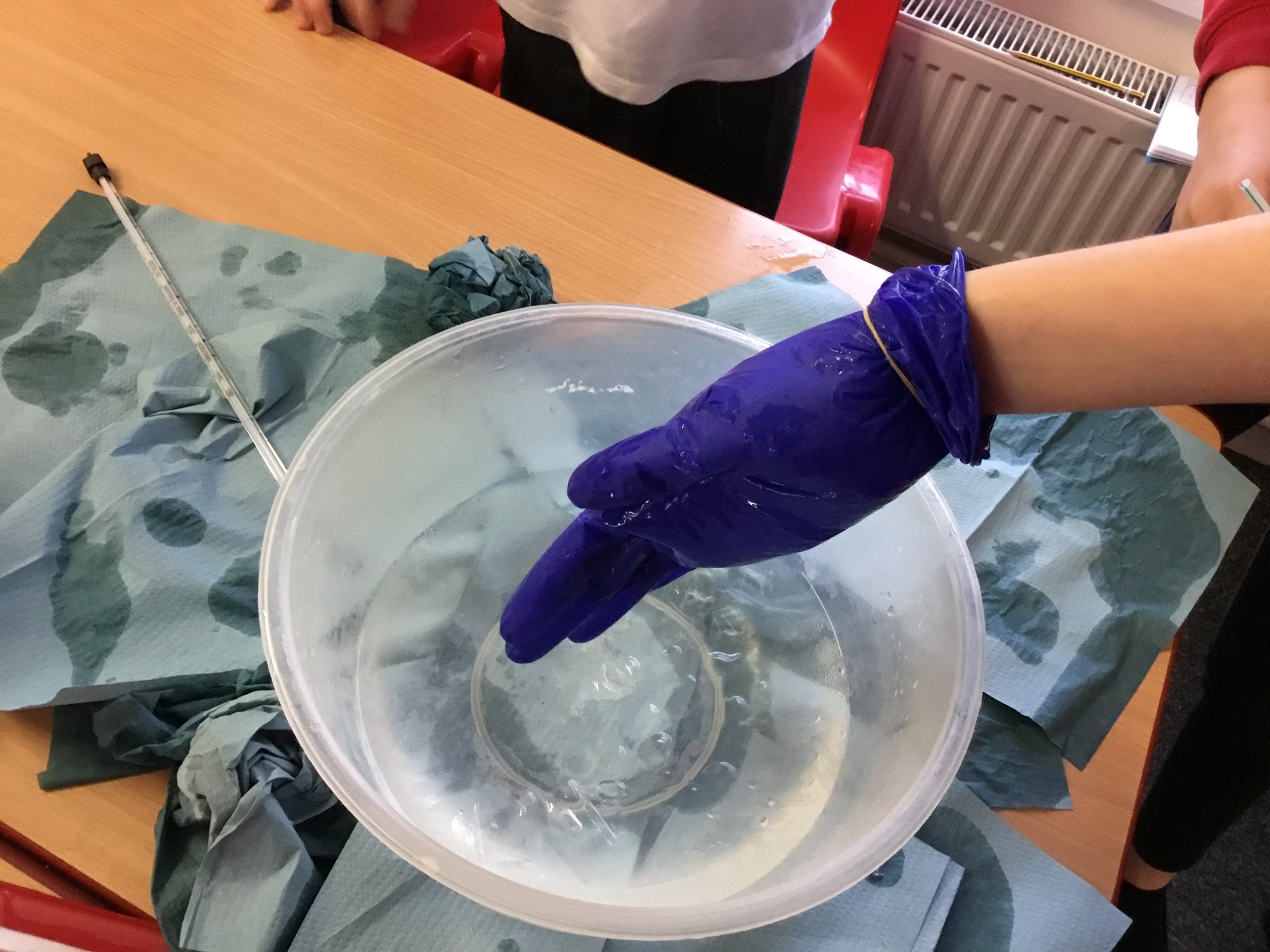
In science we have been learning about how animals have adapted to their environments. For example that whales, walruses and leopard seals have thick layer of blubber and fat, and that polar bears and arctic foxes have thick fur which traps a layer of warm air around their bodies. This helps to insulate them against the cold of the polar regions.
We put this to the test by comparing how our tolerance to the cold could be extended by insulating our hands in different ways and timing how long it took before we could feel the cold.
1) With two disposable gloves
2) Two disposable gloves, but with a layer of air trapped between them
3) Two disposable gloves, but with a layer of lard (fat) trapped between them.
To ensure our test was fair, we tried each variable three times and then took the average as our result. We found that the layer of air did improve tolerance but the coating of lard was the most effective form of thermal insulation.
Comments
colbie
8 March 2020
I really enjoyed doing this investigation.















